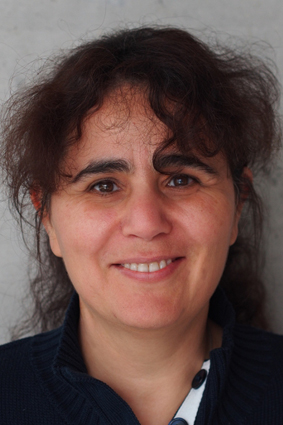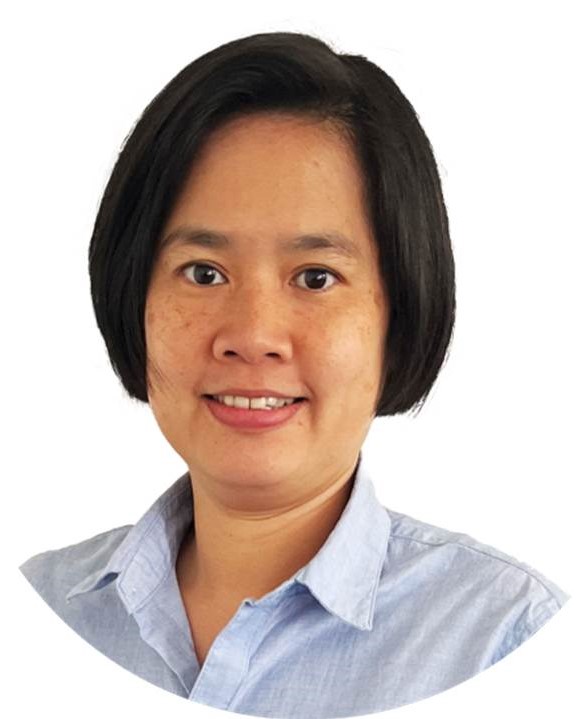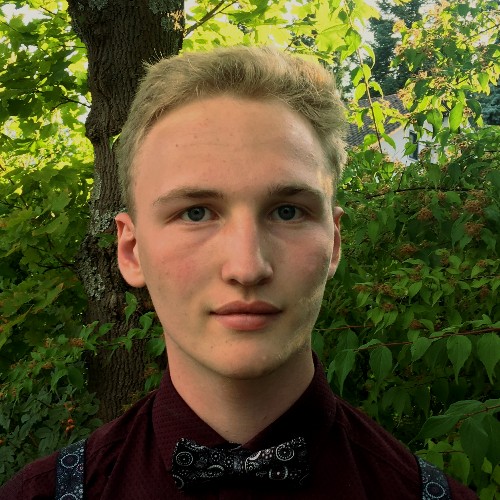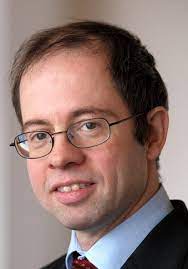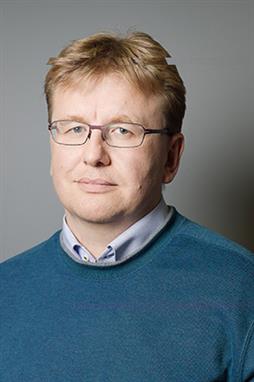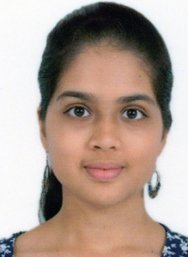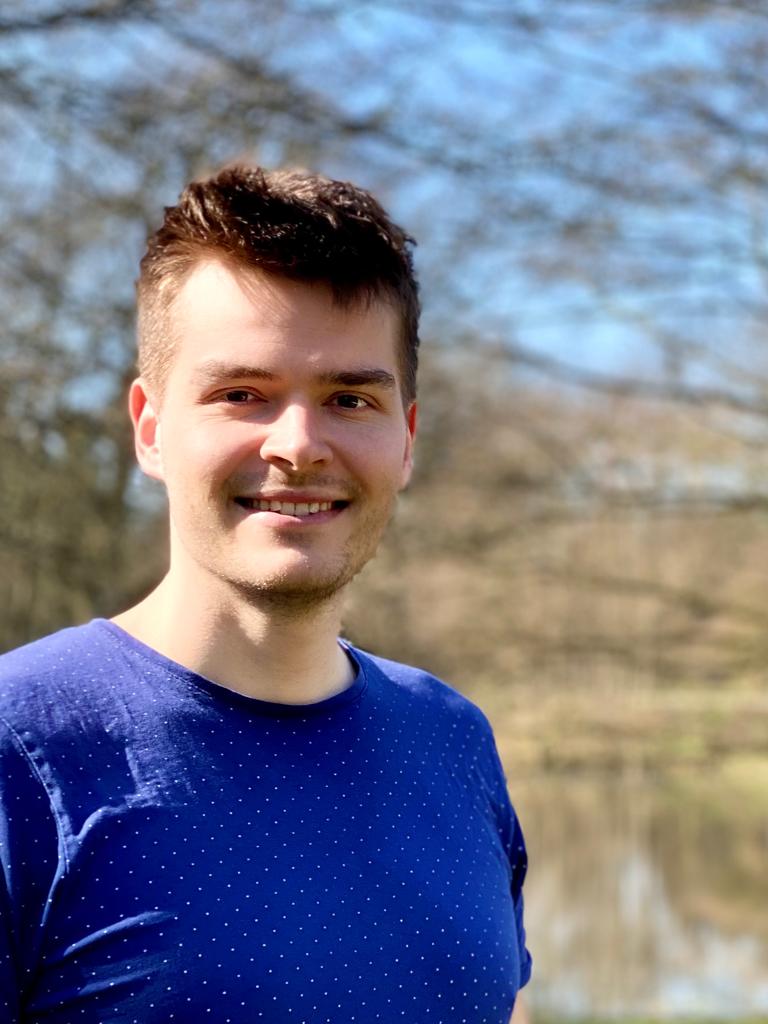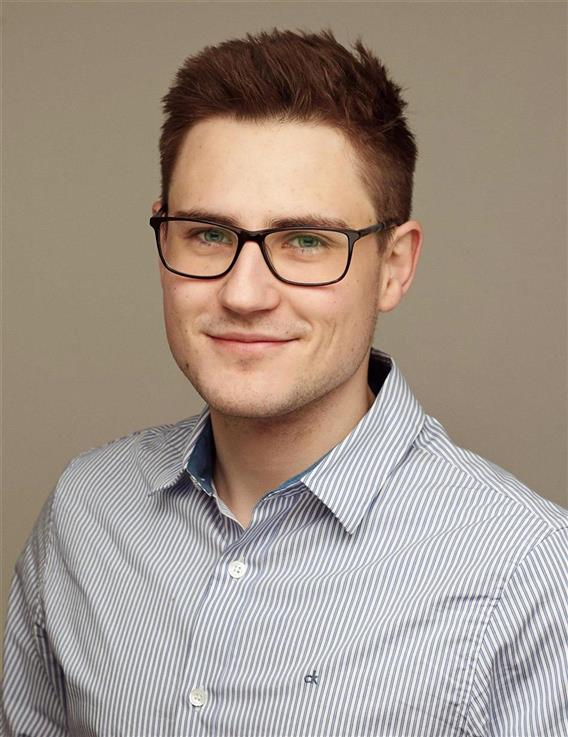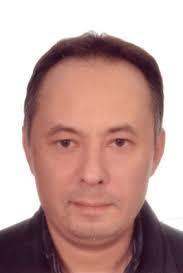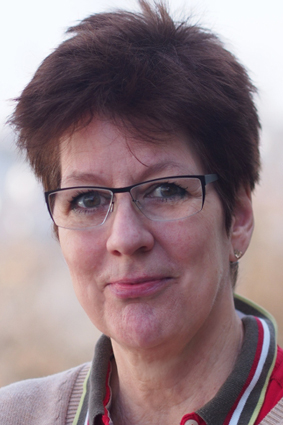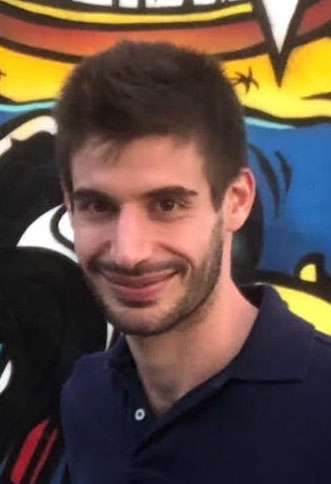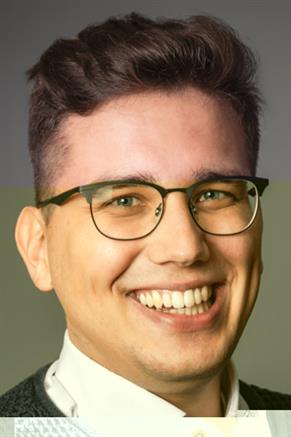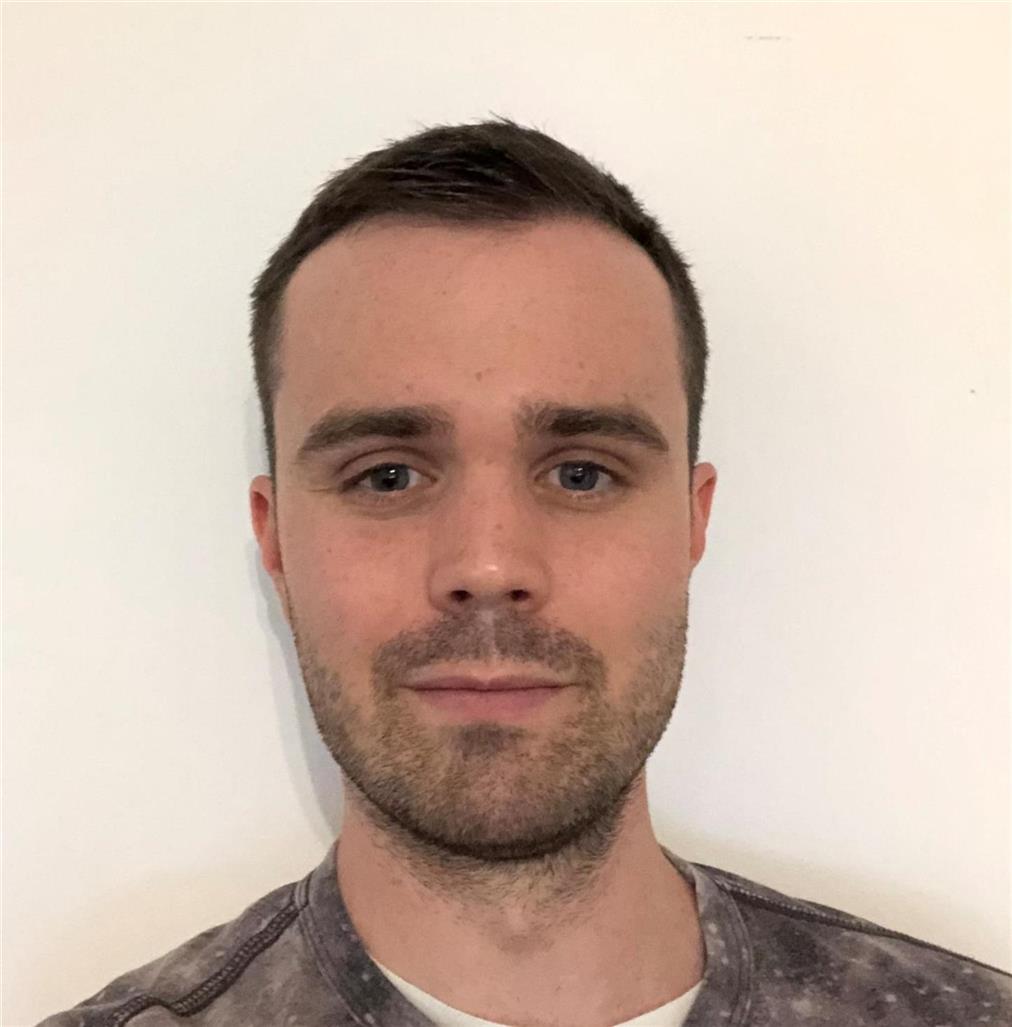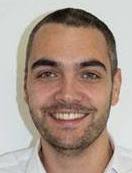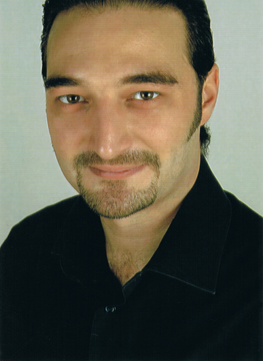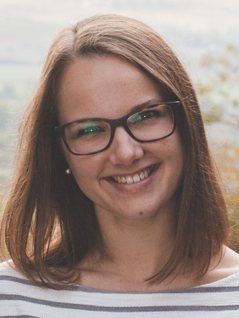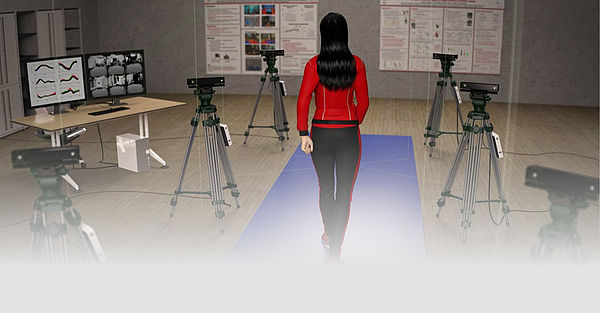
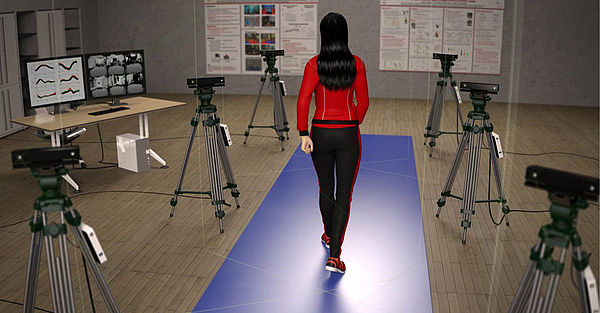
The Section for Computational Sensomotorics investigates theoretical principles in the perception and control of motor actions. Research is organized around three main topics:
1) Clinical movement control and rehabilitation,
2) neural mechanisms of action processing
3) biologically-inspired technical applications and biomedical engineering
Research is highly interdisciplinary, including psychophysical and clinical experimentation, the development of mathematical and computational models, and the development of technical systems that exploit brain-inspired principles or support accurate diagnosis and rehabilitation training in neurological diseases.
For detailed information please see the Section’s website http://www.compsens.uni-tuebingen.de
Clinical Movement Control and Rehabilitation
Applying advanced computational methods, we analyze the body movements of patients with neurological movement disorders. Goals of this work are to identify and to quantify disorder-specific or lesion-specific changes in movement patterns, including especially complex whole-body movements like gait or interactive tasks. Our work addresses movement deficits associated with various neurological disorders, including cerebellar ataxia, Parkinson's disease and apraxia. Another focus of this work is the investigation of motor adaptation and training effects in normal participants and during motor rehabilitation training for neurological patients.
Overview: http://www.compsens.uni-tuebingen.de/compsens/index.php/research?view=researcharea&task=show&id=2
Neural and Computational Principles of Action Processing
We investigate the mechanisms of the perception of complex body movements, and their relationship with motor execution. Our work combines psychophysical experiments and the development of physiologically-inspired neural models in close collaboration with electrophysiologists at the HIH and the CIN. In addition, exploiting advanced methods from computer animation and Virtual Reality (VR), we investigate the role of body movements (facial and body expressions) in social communications and psychiatric disorders, including schizophrenia and autism spectrum disorders.
Overview: http://www.compsens.uni-tuebingen.de/compsens/index.php/research?view=researcharea&task=show&id=3
Biomedical and biologically-motivated technical applications
We develop technical applications for the quantification of movements in patients, specifically focusing on pre-clinical diagnosis of movement disorders and the support of rehabilitation training. In addition, exploiting principles derived from the nervous system, we develop technical systems and algorithms for the recognition and synthesis of complex body movements, e.g. for robotics and computer vision. Present research foci in this domain are the design of cheap systems for movement analysis exploiting the Microsoft Kinect system, and methods for the modeling of complex coordinated movement patterns of humans, which can be exploited for movement synthesis in humanoid robots. A further novel focus is to explore the use of humanoid robots for rehabilitation training.
Overview: http://www.compsens.uni-tuebingen.de/compsens/index.php/research?view=researcharea&task=show&id=4
Patents
Giese M A, Ilg W, Golla H, Thier HP (2009) System und Verfahren zum Bestimmen einer Bewegungskategorie sowie deren Ausprägungsgrad. Patent 10 2004 060 602.1-35, Deutsches Patentamt, München.
Giese M A (1998) Effiziente Methode zur Implementierung dynamischer neuronaler Felder. Patent 198 44 364.1, Deutsches Patentamt, München.
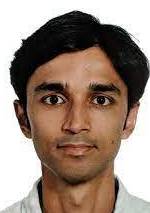
07071
29-89223
Selection
Seemann, J., Traschütz, A., Ilg, W. & Ilg, W. (2023). 4‐Aminopyridine improves real‐life gait performance in SCA27B on a single‐subject level: a prospective n‐of‐1 treatment experience. Journal of Neurology (published online 13 July 2023).
Ilg, W., Müller, B., Faber, J., van Gaalen, J., Hengel, H., Vogt, I. R. et al. (2022). Digital gait biomarkers, but not clinical ataxia scores, allow to capture 1-year longitudinal change in Spinocerebellar ataxia type 3 (SCA3). Movement Disorders 2022.
Taubert, N., Stettler, M., Siebert, R., Spadacenta, S., Sting, L., Dicke, P. et al. (2021). Shape-invariant encoding of dynamic primate facial expressions in human perception. eLife. pii: e61197.
Ilg, W., Seemann, J., Giese, M. A., Traschütz, A., Schöls, L., Timmann, D. et al. (2020). Real-life gait assessment in degenerative cerebellar ataxia: Towards ecologically valid biomarkers. Neurology, 95(9):e119-e210.
Fedorov, L., Chang, D., Giese, M. A., Bülthoff, H. & de la Rosa, S. (2018). Adaptation aftereffects reveal representations for encoding of contingent social actions. PNAS, 115(29), 7515-7520.
Li, B., Virtanen, J. P., Oeltermann, A., Schwarz, C., Giese, M. A., Ziemann, U. et al. (2017). Lifting the Veil on the Dynamics of Neuronal Activities Evoked by Transcranial Magnetic Stimulation. eLife pii: e30552.
Mukovskiy, A., Vassallo, C., Naveau, M., Stasse, O., Souères, P. & Giese, M. A. (2017). Adaptive synthesis of dynamically feasible full-body movements for the humanoid robot HRP-2 by flexible combination of learned dynamic movement primitives. Robotics and Autonomous Systems, 91, 270.
Giese, M. A. (2016). Face Recognition: Canonical Mechanisms at Multiple Timescales. Curr Biol., 26(13), 534-537.
Giese, M. A. & Rizzolatti, G. (2015). Neural and Computational Mechanisms of Action Processing: Interaction between Visual and Motor Representations. Neuron, 88(1), 167-180.
Caggiano, V., Pomper, J.K., Fleischer F., Fogassi, L., Giese, M.A., Thier, P. (2013). Mirror neurons in monkey area F5 do not adapt to the observation of repeated actions. Nature Communications, 4:1433.
Caggiano V, Fogassi L, Rizzolatti G, Pomper J, Thier P, Giese MA*, Casile A* (*equal contributions) (2011) View-based encoding of actions in mirror neurons of area F5 in macaque premotor cortex. Current Biology, 21(2):144-148.
Leopold, D. A., Bondar, I. V. & Giese, M. A. (2006). Norm-based face encoding by single neurons in the monkey inferotemporal cortex. Nature, 442(7102), 572-575.
Selected publications from 1992-2023 can be found here:
www.compsens.uni-tuebingen.de/joomla25/index.php/publications/publications-and-abstracts
For current openings within the Section of Computational Sensomotorics see:
http://www.compsens.uni-tuebingen.de/compsens/index.php/jobs
Bachelor/Master theses: Development of KINECT exergames for motor rehabilitation. We offer degree theses in the area of game development! In your Bachelor or Master thesis you will develop a KINECT game for motor rehablitation yourself or you will be part of the development team.
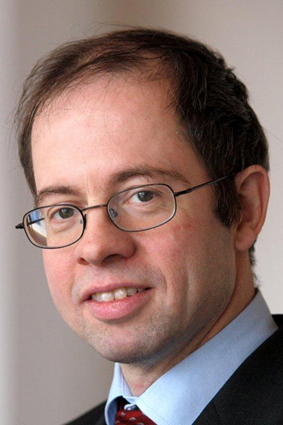
Hertie Center of Neurology
Hertie Institute for Clinical Brain Research
Otfried-Müller-Straße 25
72076 Tübingen
Phone: +49 (0)7071 29-89124
Fax: +49 (0)7071 29-25011
Dr. Kanitta Deutschmann
Tel.: +49 (0)7071 29-89137
kanitta.deutschmann@uni-tuebingen.de



